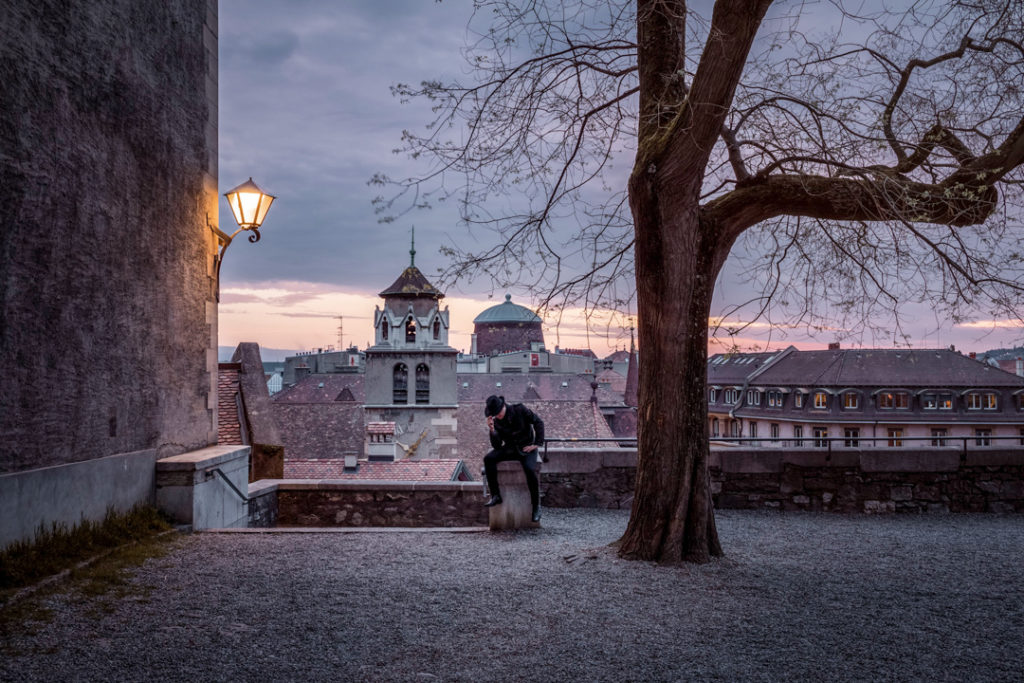Understanding the right to image in Switzerland

If you are a photographer based in Switzerland, or planning to photograph in this country, it’s crucial to familiarize yourself with the specific laws of this region regarding the right to image. The rules governing photography in public spaces are both a matter of respect for the individuals photographed and a legal requirement.
Swiss Law on the Right to Image
In Switzerland, the right to image is protected as a personality right by Article 28 of the Civil Code. This law establishes that the individual’s consent is required to photograph them, unless a preponderant private or public interest, such as the right to information, justifies this action, or if there is a legal basis. The interpretation of these exceptions can vary, but it’s essential for all photographers to know and respect these principles.
Street Scenes and Right to Image
When photographing in public space, it’s important to note that any general street scene, without a specific subject, is generally not considered an infringement of the right to image. If you capture a crowd in which no one is specifically highlighted, this would not pose a problem. However, if you individualize or target an individual, even within a crowd, they can be considered the subject of the photo. This could constitute an infringement on their right to image, and you should therefore obtain their consent before photographing them.
Public Figures and Right to Image
Public figures, such as politicians, celebrities, and other notable personalities, are required to tolerate a higher degree of exposure than anonymous individuals. That being said, even in the case of public figures, their right to privacy remains protected. An image depicting them in an act pertaining to their private life must contribute to the debate of general interest to be justified.
Legal Actions and Right to Image
While there are relatively few legal actions in Switzerland concerning the right to image, this does not mean these laws should be neglected. Disputes regarding the right to image are often resolved amicably, but it’s always best to prevent these situations by respecting the right to image of people you photograph.
Responsibilities of Photographers and Media
Beyond the image itself, the context of publication or the caption of the photo can also harm the individuals photographed. Photographers and media have the responsibility not to distort the meaning of a photo, and must ensure that captions and the context of publication respect the intention and image of the subject.
Conclusion
Photography in public space in Switzerland offers numerous opportunities to capture unique moments and tell visual stories. However, it’s essential to know the laws and ethical rules that apply. By respecting these principles, you will not only create beautiful images, but also respect the rights of others, contributing to a respectful and conscious photography culture.